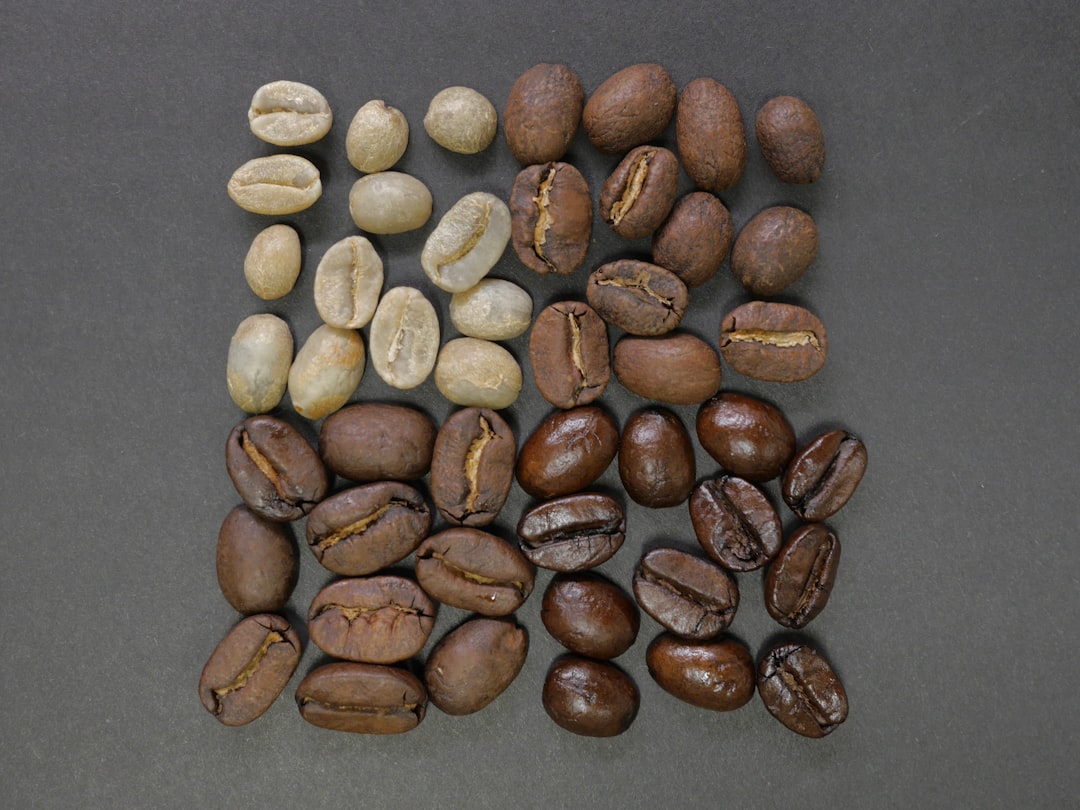Choosing the right wine to complement a meal can be a daunting task, especially for those who are not well-versed in the world of wine. With so many different varieties and flavor profiles to choose from, it can be overwhelming to know where to start. However, with a few simple guidelines and tips, anyone can learn how to pair wine with their food like a pro.
One of the most important things to consider when choosing a wine for your meal is the flavor profile of the dish you will be serving. For example, if you are serving a light, delicate dish such as seafood or grilled chicken, you will want to choose a wine that is similarly light and delicate. A crisp white wine such as a Sauvignon Blanc or Pinot Grigio would be an excellent choice in this case. On the other hand, if you are serving a rich, hearty dish such as a steak or roast, you will want to choose a wine that can stand up to the bold flavors of the food. A full-bodied red wine such as a Cabernet Sauvignon or Merlot would be a great option.
Another important factor to consider when choosing a wine is the intensity of the flavors in the dish. If you are serving a dish with strong, bold flavors, you will want to choose a wine that can stand up to those flavors without being overwhelmed. For example, if you are serving a spicy curry or a dish with a lot of garlic, you will want to choose a wine that is robust enough to hold its own against the strong flavors. A spicy Shiraz or a bold Zinfandel would be a good choice in this case. On the other hand, if you are serving a dish with more subtle flavors, such as a mild cheese or a simple pasta dish, you will want to choose a wine that is more delicate and nuanced. A light, fruity wine such as a Pinot Noir or a Chardonnay would be a good choice in this situation.
One of the most classic wine and food pairing rules is to match the color of the wine with the color of the meat. For example, a white wine pairs well with fish and poultry, while red wine pairs well with beef and lamb. However, this rule is not set in stone, and there are many exceptions to it. For example, a rich, creamy white wine such as a Chardonnay can also pair well with a rich, fatty steak, while a light, fruity red wine such as a Pinot Noir can be a great match for a fatty fish like salmon. It is always important to consider the specific flavors and characteristics of the wine and food you are pairing, rather than relying solely on color.
It is also important to consider the cooking method and preparation of the dish when choosing a wine. For example, if you are serving a grilled or charred dish, you will want to choose a wine that can handle the smoky flavors of the food. A wine with a hint of oak aging, such as a Chardonnay or a Cabernet Sauvignon, would be a good choice in this situation. On the other hand, if you are serving a dish that is fried or sautéed, you will want to choose a wine that can cut through the richness of the food. A wine with high acidity, such as a Sauvignon Blanc or a Barbera, would be a good match for these types of dishes.
When in doubt, it is always a good idea to consult with a knowledgeable wine expert or sommelier for guidance. They can help you navigate the world of wine and food pairings, and can provide recommendations based on your specific tastes and preferences. Many restaurants also offer wine pairing menus, where the chef has selected wines to accompany each dish on the menu. This can be a great way to explore new wines and expand your palate.
In conclusion, choosing the right wine for your meal can seem like a daunting task, but with a few simple guidelines and tips, anyone can learn how to pair wine with their food like a pro. By considering the flavor profile, intensity of flavors, color, cooking method, and preparation of the dish, you can select a wine that will enhance and elevate the flavors of the food you are serving. Don’t be afraid to experiment and try new things – you may discover a new favorite pairing that you never would have thought of otherwise. Cheers!

